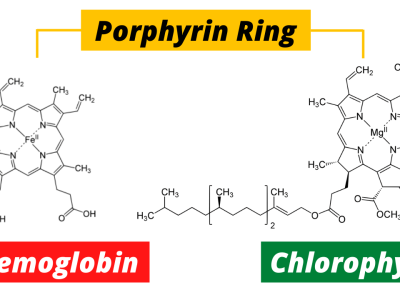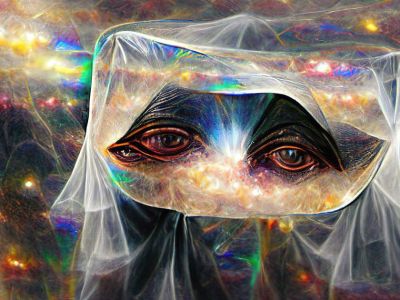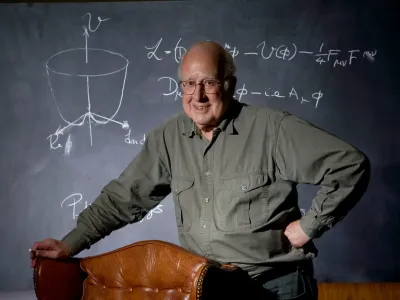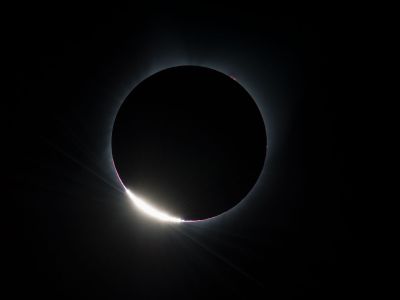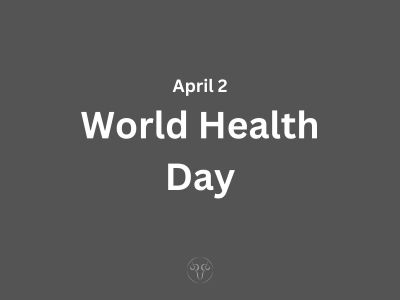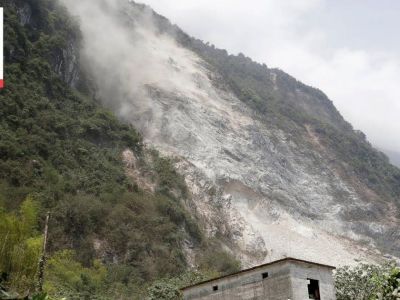Hallucinogen - Things About Hallucinogens
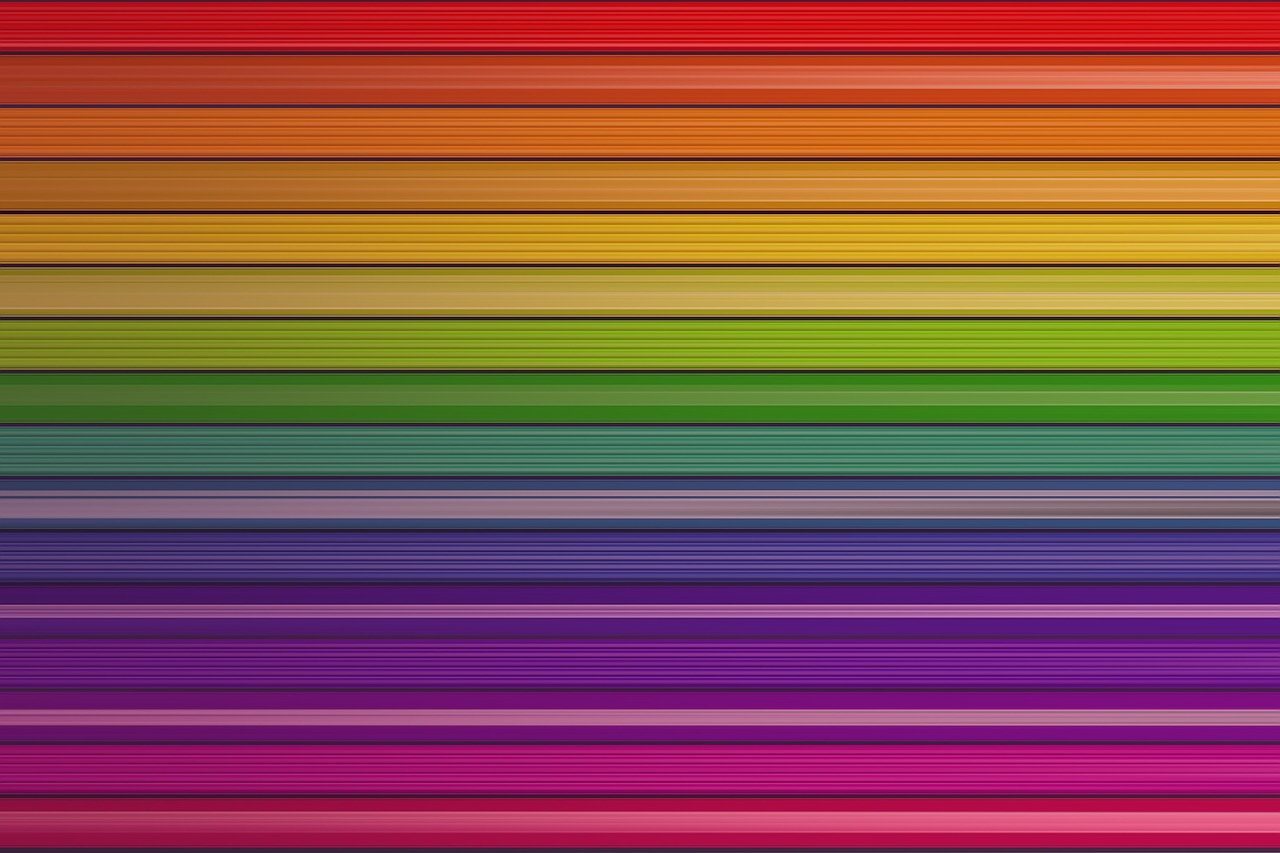
What are Hallucinogens?
Hallucinogens are a broad, diversified group of psychoactive substances that can cause altered states of consciousness characterized by significant changes in perception, emotion, and thought. The majority of hallucinogens fall into one of three categories: psychedelics, dissociatives, or deliriants. However, some hallucinogens, including Fly agaric and other gabaergic hallucinogens, are frequently regarded as hypnotics rather than hallucinogens, indicating a different subtype of medicines that can significantly affect visual perception.
What are the classifications (types) of Hallucinogen Drugs?
According to Hollister, hallucinogens must meet the following criteria: changes in thought, perception, and mood must predominate in comparison to other effects; intellectual or memory impairment must be minimal; stupor, narcosis, or excessive stimulation must not be a primary effect; autonomic nervous system side effects must be minimal, and addictive craving must not exist.
Glennon added two more requirements for what constitutes a classical hallucinogen: the drug must bind to 5-HT2 serotonin receptors and be recognised by animals that have been trained to distinguish the drug DOM from vehicle.
Psychedelics
Visual alterations are a common feature of psychedelic experiences. Psychedelics frequently cause complex, flowing geometric visual patterning to spontaneously develop in the visual field. When the eyes are open, the altered vision is superimposed on the surroundings' physical objects and spaces; when the eyes are closed, the altered vision is seen in the "inner world" hidden behind the eyelids. When the eyelids are closed and at greater dosages, these visual illusions become more complicated. Although there may occasionally be true hallucinations present, the visual modification does not typically qualify as a hallucination because the individual experiencing it can still distinguish between actual and imagined visual occurrences. Rarely, intricate hallucinations of objects, animals, people, or even entire landscapes can occur during psychedelic experiences.
Dissociatives
At anaesthetic levels, dissociatives cause analgesia, forgetfulness, and catalepsy. Additionally, they provide a feeling of separation from the surroundings, which is why "the state has been categorised as dissociative anaesthesia since the patient actually seems disassociated from his environment."Disruption or compartmentalization of "...the typically integrated functions of consciousness, memory, identity, or perception" are examples of dissociative symptoms. Derealization—the experience of the outer world being dreamlike, hazy, or unreal—can be brought on by sensory input dissociation. Depersonalization is another dissociative experience, which involves feeling detached from one's personality, unreal, and able to observe but not actively control one's actions. It also entails being unable to identify with one's mirror image despite being rationally aware that it is the same person.
Deliriant
As their name suggests, deliriants cause the user to experience a condition of delirium, which is characterised by acute bewilderment and the inability to regulate one's behaviour. Because of their subjective effects like those of patients suffering from delirious fevers, they are known as deliriants. David F. Duncan and Robert S. Gold coined the phrase to separate these substances from psychedelics and dissociatives, such as ketamine and LSD, respectively, because their main side effect is delirium, as opposed to the more lucid states brought on by the other hallucinogens. Despite the fact that many common deliriant plants are completely but legal, deliriants are not widely used as recreational drugs because of the potent, frequently deadly, and generally unpleasant hallucinogenic effects they induce.
What is Effects of Hallucinogen?
Tryptamines (such as psilocin), ergolines (such as LSD), and phenethylamines are the three main chemical classes that make up traditional hallucinogens (psychedelics). Chemically, tryptamines are very similar to serotonin.
There hasn't been any conclusive evidence linking psychedelic drugs to organic brain damage. However, certain visual effects of drugs can endure for a long time, perhaps permanently, and this disease is known as hallucinogen persistent perception disorder (HPPD), despite the fact that science and medicine are still trying to figure out what causes it. A significant epidemiological study conducted in the United States indicated that the chance of acquiring a hallucinogen use disorder was extremely low and that lifetime use of hallucinogens was not linked to any other mental diseases outside personality disorders and other substance use disorders.
The transition rate from a diagnosis of hallucinogen-induced psychosis to that of schizophrenia was found to be 26% (CI 14%-43%), according to a 2019 systematic review and meta-analysis by Murrie et al. This rate was lower than cannabis-induced psychosis (34%) but higher than amphetamine (22%), opioid (12%), alcohol (10%), and sedative (9%) induced psychoses.
Early studies thought that hallucinogens matched the symptoms of schizophrenia, however it has subsequently been found that some hallucinogens more closely reflect endogenous psychoses. Because they replicate both the positive and negative symptoms of psychoses, PCP and ketamine are known to more closely resemble endogenous psychoses than psilocybin and related hallucinogens, which often only induce effects that resemble the positive symptoms of schizophrenia. There is obvious overlap in the mental processes that these drugs affect, and research has found that there is overlap in the mechanisms by which both types of psychedelics mimic psychotic symptoms. While serotonergic psychedelics (LSD, psilocybin, mescaline, etc.) do produce subjective effects different from NMDA antagonist dissociatives (PCP, ketamine, dextrorphan), there is also evidence that these drugs have similar effects on the brain.
What are the sources of Hallucinogens and some of the common hallucinogens?
Psychedelics
Lysergic Acid Diethylamide(LSD): One of the most potent mood- and perception-altering hallucinogenic substances is LSD (d-lysergic acid diethylamide). It is a transparent or white, odourless substance that dissolves in water that is created from lysergic acid, a substance obtained from a rye fungus. LSD is initially created as a crystalline substance, which can then be used to make "microdots" (tablets), "window panes" (thin squares of gelatin), or it can be diluted with water or alcohol and sold as a liquid. However, LSD-soaked paper that has been punched into tiny, individual squares is the most widely used type.
Psilocybin: Some varieties of mushrooms that grow in tropical and subtropical areas of South America, Mexico, and the United States yield psilocybin (4-phosphoryloxy-N,N-dimethyltryptamine). Psilocybin was once consumed by indigenous societies from Mexico and Central America during sacred rituals. Similar to LSD, psilocybin can be taken fresh or dried, eaten uncooked, blended with food, or brewed into a tea.
Mescaline: Mescaline is the primary component of peyote, a tiny, spineless cactus. Native Americans from the southwest of the United States and northern Mexico have employed it in religious rituals. The peyote cactus bears disc-shaped buttons on its top, or "crown," which are removed, dried, and typically chewed or soaked in water to create an intoxicating drink. Some users boil the plant for several hours to make a tea because the extract is so bitter. Chemical synthesis can also be used to create mescaline.
Dimethyltryptamine (DMT): Dimethyltryptamine (DMT) is a potent hallucinogen that can be produced in a lab as well as found naturally in some Amazonian plant species. Synthetic DMT is frequently vaporised or inhaled using a pipe and normally takes the shape of a white, crystalline powder.
Dissociatives
Phencyclidine(PCP): In the 1950s, PCP (phencyclidine) was first created as a general anaesthetic for surgery. It is typically offered as a liquid or powder, though it can also be available in a number of formats, such as pills or capsules. PCP can be smoked, injected, snorted, or ingested. It is occasionally smoked after being sprinkled on tobacco, parsley, or marijuana.
Ketamine: Dissociative drug ketamine is currently used to anaesthetize both humans and animals. A large portion of the ketamine sold on the streets comes from veterinary clinics. Ketamine is typically evaporated to create a powder that is snorted or compressed into pills for illicit use, despite the fact that it is manufactured as an injectable liquid. Ketamine is sometimes added to drinks to facilitate sexual assault because it has no taste or smell and causes amnesia.
Dextromethorphan(DXM): Some over-the-counter (OTC) cold and cough drugs contain DXM (dextromethorphan), an expectorant and cough suppressant that is frequently abused by teenagers and young adults. The most popular sources of DXM are pills and gel capsules, which normally have 15 milligrammes of DXM per pill, and "extra-strength" cough syrup, which typically has roughly 15 milligrammes of DXM per teaspoon. Antihistamines and decongestants are frequently added to over-the-counter drugs that contain DXM.
Salvia divinorum: Southern Mexico, Central and South America all have southern populations of the hallucinogenic herb Salvia divinorum. Salvia is primarily consumed by chewing fresh leaves or sipping liquids made from them. Salvia dried leaves can also be smoked or evaporated before inhalation.
Datura: The nightshade family Solanaceae includes nine species of plants with vespertine flowers under the genus name Datura. They go by the names thornapples and jimsonweed, although they are also referred to as devil's trumpets. Other frequent names in English include hell's bells, moonflower, and devil's weed. Datura is regarded as a diuretic. Datura intoxication frequently results in anticholinergic delirium (usually involving a complete or relative inability to distinguish reality from fantasy), bizarre thoughts, hyperthermia, tachycardia, bizarre, and possibly violent behaviour, dry skin, dry mouth, illusions, and severe mydriasis (dilated pupils), with subsequent painful photophobia that can last several days. These effects are caused by the potent combination of anticholinergic substances that Datura contains.
What is history and culture around Hallucinogen?
In the past, hallucinogens were frequently utilised in shamanic or religious ceremonies. They are known as entheogens in this context and are utilised in coming-of-age rituals, healing, divination, and contact with the dead. There is proof that entheogens were used in prehistoric times and by many ancient cultures, including the Mycenaean, Ancient Greek, Vedic, Maya, Inca, and Aztec. The Urarina of the Peruvian Amazon, for example, continue to practise an elaborate system of ayahuasca shamanism, coupled with an animistic belief system. The Upper Amazon is home to the strongest extant entheogenic tradition.
Shamans use hallucinogenic drugs to put themselves into a trance. Shamans believe that when they are in this trance, they can speak with spirit beings and see what is causing their patients' illnesses. The Aguaruna people of Peru think that sorcerers' arrows are to blame for a lot of ailments. Aguaruna shamans search for and extract the darts from their patients while impaired by yaji, a hallucinogenic beverage. They talked about a patient whose delusion was believed to have been brought on by an altered state of consciousness "induced by LSD and strychnine and prolonged casual marijuana usage."
What is the legality status of Hallucinogens?
India:
Any production, manufacture, cultivation, possession, sale, purchase, transportation, storage, and/or consumption of most hallucinogens are prohibited by the NDPS Act. With effect from March 1986, the Narcotics Control Bureau was established in accordance with one of the act's requirements.
USA
It's no secret that drugs aren't exactly a favourite pastime in the US. The Controlled Substances Act, administered by the DEA, divides prohibited drugs into five categories (one being the most dangerous, and five being the least). A variety of psychedelic substances like psilocybin, mescaline, LSD, and DMT are classified as a schedule I drugs. Drugs like peyote, a cactus-derived substance, were recognised as sacred for Native American societies during a judicial dispute over religious liberties in the 1960s, and they have been protected by the law ever since.
Netherlands:
Prior to October 2007, the Netherlands permitted the sale of psilocybin mushrooms, but after many well reported events involving tourists, the Dutch government decided to outlaw their sale. After Ballot Measure 109 was approved, Oregon became the first state in the union to both decriminalise and legalise the use of psilocybin for medicinal purposes.
UK
Hawaiian Baby Woodrose is your best option if you're seeking for a drug that is legal to use in the UK. Although it is originally from India, this plant, also known as Wholly Morning Glory (we're not sure which name is preferable), is now widespread around the world. Ergine, commonly referred to as LSA or the precursor to LSD, is present in substantial amounts in the seeds of the Baby Woodrose plant. The effects are markedly different from those of LSD and are more tranquil and dream-like. Hawaiian Baby Woodrose is freely obtainable, legal, and unregulated in the UK. It's frequently bought as a decorative plant, so ordering it online is easy.
Brazil
Brazil having a reputation for being one of the world's most liberal nations when it comes to the use of illegal drugs. For instance, there are no laws that forbid the sale, distribution, or use of psilocybin mushrooms (also known as magic mushrooms). Therefore, there haven't been any significant recent psilocybin-related charges or arrests. Magic mushroom sales are primarily conducted online on specialised websites without interference from regional law enforcement. Ayahuasca use and possession have also been permitted since 1992, following a number of court cases involving the religious freedom of traditional ayahuasca users.
Jamaica
Psychedelic substances are openly distributed in Jamaica, since the government has never made them legally illegal. Like many other areas, Kingston, Jamaica, offers a tonne of options for psychedelic retreats, and both locals and visitors are increasingly redefining the psychedelic experience as a therapeutic one. In a nation known for its cannabis culture, this may not come as much of a shock, but the legalisation push only began in 2015. Other psychedelics like ayahuasca, san pedro, or lysergic acid (LSD) are less well understood, therefore it's recommended to act with caution in those areas.
Peru:
When it comes to psychedelics, Peru has one of the most colourful histories. Indigenous tribes in the Peruvian Amazon employed ayahuasca in particular coupled with shamanic ideas. Today, the drug is legal to consume and possess, and several private businesses and organisations provide retreats for individuals who are interested. We heartily recommend taking this Lima Sightseeing Tour if you're in the city to help you get a feel for it.


